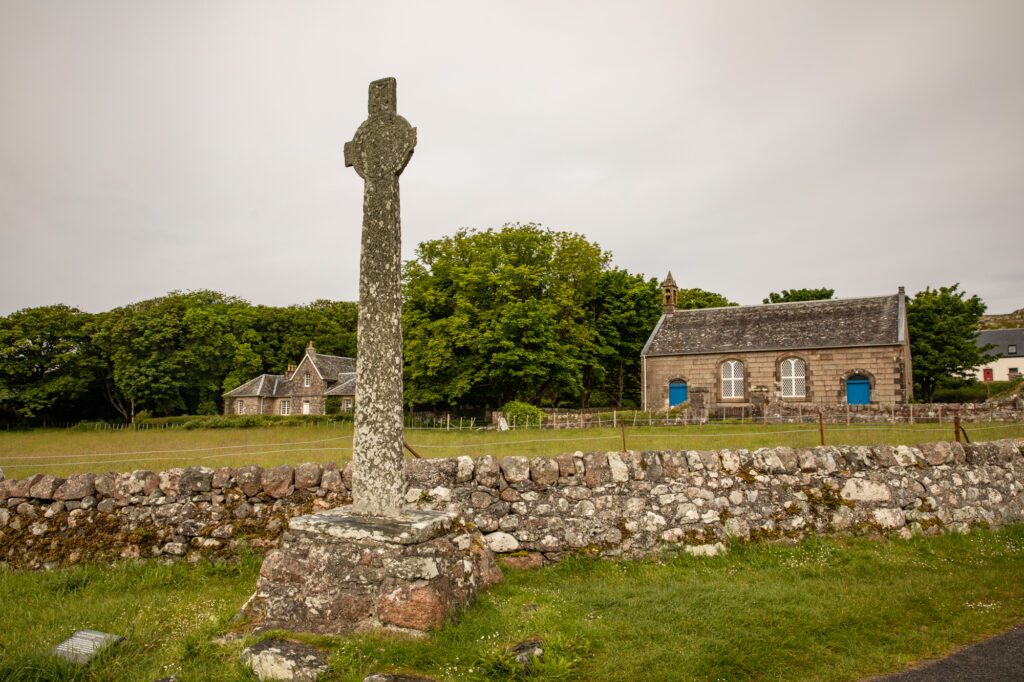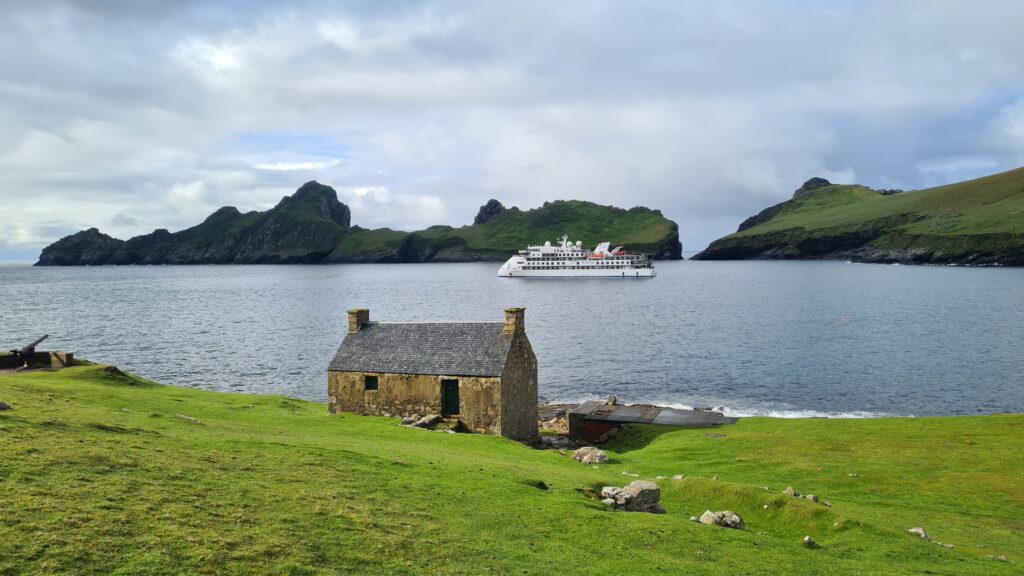When you first think of Scotland, you'll likely think of the big cities such as Edinburgh and Glasgow, as well as the impressive height of Ben Nevis and the mystery of Loch Ness. However, on a tour of Scotland with Aurora Expeditions, you'll soon discover that so much of this incredible country lies beyond the mainland.
With over 790 islands under its mantle, there's much more to Scotland than first meets the eye. Here we're introducing some of the wild isles of Scotland to discover on your next trip.
Iona
Situated in the Inner Hebrides off the coast of the Isle of Mull, Iona has played an integral role in the history of religion in Scotland. Also known as the 'Cradle of Christianity', Iona was first visited by a young priest called Columba in the year 563.
Columba and his monks built up what would eventually become Celtic Christianity here on this tiny Scottish isle, spreading their mission across to the Mainland and leaving behind a legacy that has endured to this day.

Canna
Another small Hebridean isle, Canna was gifted to the National Trust for Scotland back in 1981 by John Lorne Campbell. Archaeological evidence suggests the island was inhabited as far back as the Neolithic Age, circa 4,000-2,500 BC.
Today, you'll find Canna House with its farm, as well as a cafe and post office which service the population of around 12 people.
Staffa
The Isle of Staffa, or pillar island is a truly unique sight. As you near the island by sea, you'll notice the towering basalt columns forming a corrugated belt around the middle of the island. Created by lava flows coming into contact with the brisk Scottish elements, the almost perfectly hexagonal columns are a natural wonder.
You'll also find the magical Fingal's Cave here – often described as a natural cathedral, you can absorb the eerie sounds of the waves, as well as the colour and structure of the basalt.

Orkney
An archipelago steeped in history, Orkney is home to a number of fascinating sites including Skara Brae, a settlement potentially dating back 5,000 years. The islands are also home to Europe's oldest standing dwelling, the Knap of Howar on Papa Westray, as well as the birdwatching hub of the Fair Isle, also renowned for its local knitwear.
St Kilda
One of Scotland's truly fascinating historical sites, the archipelago of St Kilda is a string of remote islands that were once home to an isolated island community. A UNESCO World Heritage site, St Kilda was home to prehistoric and Norse settlers, but over the centuries contact with the outside world dwindled until the island was finally evacuated in 1930.
While St Kilda has no permanent residents today, you can see the traces of the islands' population in the remains of houses and sheepfolds left behind.

North Rona
Not to be mistaken for Rona (South Rona) in the Inner Hebrides, North Rona was once described as 'Britain's loneliest island'. It is thought to have been first inhabited by St Ronan in the 700s, who built himself an underground cell which was later integrated into a chapel.
Rather than saints, today North Rona is mainly populated by a variety of Scottish birdlife.
Sula Sgeir
A tiny, uninhabited isle to the west of North Rona, Sula Sgeir is one of Scotland's National Nature Reserves. It has a substantial gannet population, and young gannets (also known as guga) are still hunted today as a delicacy.
Shetland Isles
Hovering between Scotland and Norway, the Shetland isles are a kaleidoscope of natural beauty and wildlife.
While the archipelago is made up of over 100 islands, only about 15 of them are inhabited. On our Wild Scotland tour, we visit the capital of the Shetlands, Lerwick, as well as Jarlshof, the location of various Stone, Bronze and Iron Age settlements. We also visit the isle of Foula, with its scenic mountain peak and vibrant birdlife, and Mousa, home to a well-preserved Bronze Age broch.
Ready to discover some of Scotland's wild islands for yourself?
Get in touch with our knowledgeable team, or discover more about our voyages by taking a look at our brochures.


